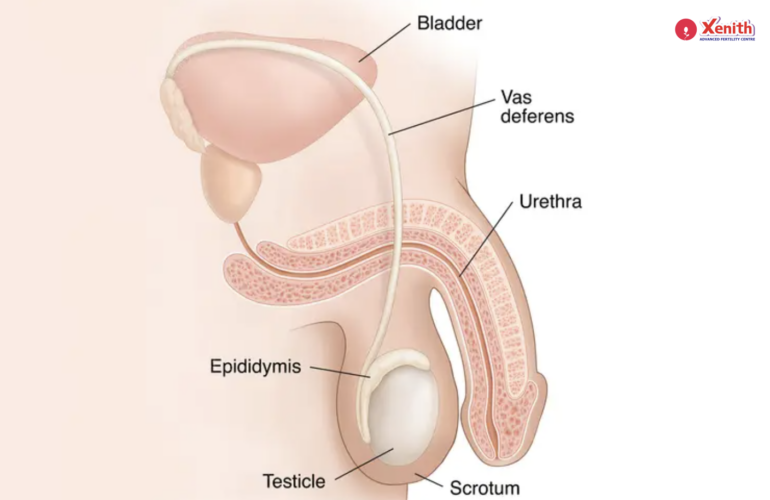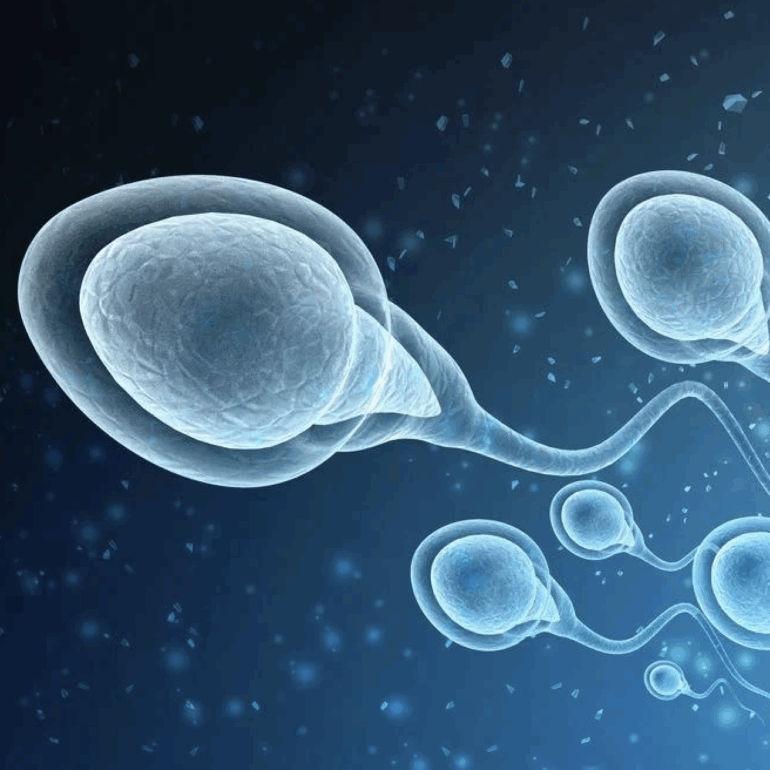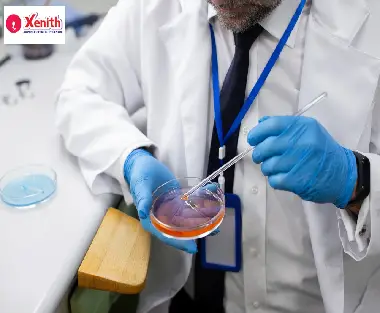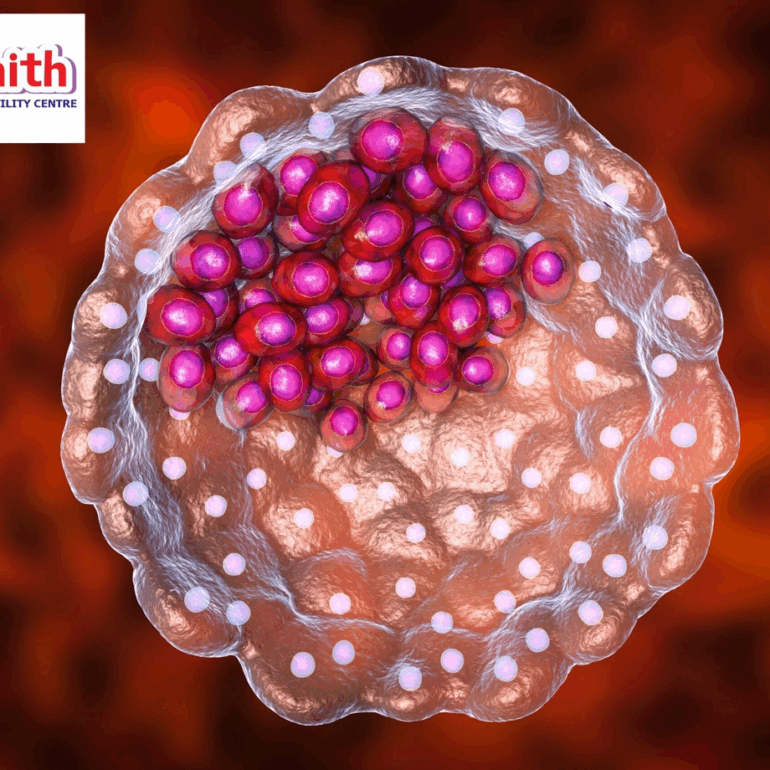Xenith Hope Circle
Join our new WhatsApp community
Frozen Embryo Transfer (FET): A Comprehensive Guide
What is Frozen Embryo Transfer (FET)?
Frozen Embryo Transfer, commonly known as FET, is a crucial step in the In-Vitro Fertilization (IVF) process. It involves thawing previously frozen embryos and transferring them into the uterus. This procedure offers couples a second chance at conception without the need for another round of egg retrieval and fertilization, making it a preferred choice for many undergoing IVF treatment.
EXCELLENTTrustindex verifies that the original source of the review is Google. Staff is very polite and supportive. Dr are also knowledgeable and motivational. Dr Mamta Dighe ma'am is also always smiling and give positive vibes. I did like to the service and support they do when you visit clinic. I was visiting Wakad branch.Posted onTrustindex verifies that the original source of the review is Google. Dr. Pooja Mam and whole team very cooperative and supportive throughout the entire journey and made all the procedures easy and smoothly. Thank you Xenith and TeamPosted onTrustindex verifies that the original source of the review is Google. Went through the treatment here and it was very smooth and staff was very helpful Thanks to Poonam/Pooja/Mamta ma'am for the guidancePosted onTrustindex verifies that the original source of the review is Google. I had very satisfied experience with xenith team.😊 The entire team gave very positive response from the beginning. Dr. Mamta mam, Dr. Pooja Mam and Dr. Pallavi Mam were very cooperative and supportive throughout the entire journey and made all the procedures easy and smoothly. Really appreciate their hard work towards their patients 😊. Also all staff members are very responsible and caring.Thank you all xenith team.❤️Posted onTrustindex verifies that the original source of the review is Google. Dr. Mamta Dighe has been a pillar of strength 💪, compassion 💕, and expertise 🩺 throughout this process. She is not only exceptionally knowledgeable and up to date in her field, but also genuinely caring and considerate towards her patients. Her passion for her work and her unwavering commitment to helping couples fulfill their dreams are truly inspiring. 💖 Her guidance, professionalism, and reassuring words kept us confident throughout the process. You can clearly see how her positivity ✨ and dedication reflect in her entire team — from the embryologists 🧫 to the doctors 👩⚕️👨⚕️, nurses, and staff 👏 — everyone at Xenith is caring, helpful, and sincere. 🙌 Coming from another city for treatment was initially a big challenge, but we now feel so fortunate 🍀 to have chosen Xenith purely based on recommendations and faith in Dr. Mamta Dighe. Today, we can say it was one of the best decisions we ever made. 🌟 She has blessed us with the most precious gift anyone could ever give 👶💞, and no words can express our gratitude 🙏 for her care and support. ❤️ A very special thanks to Dr. POOJA 🌷, who has been our rock throughout this journey 🪨. Since we were away from Pune, most of our communication with Dr Pooja was over the phone 📞 — yet she never once made us feel distant. She was always there for us 🤝, patiently answering every question, addressing every worry 😌, and constantly motivating us to stay positive 🌈. Dr Pooja not only guided us medically 🩺 but also emotionally 💗, keeping our spirits high 💫 and encouraging us to stay positive. 🌈 To the entire Xenith team 👩⚕️👨⚕️💐 — thank you from the bottom of our hearts 💖. You have all played an important role in this life-changing journey 🌸. Because of your collective effort 🤲, professionalism 🏅, and compassion 💕, we are now living our dream 🌟. We wish Dr. Mamta, Dr. Pooja, Dr. Poonam and the whole Xenith family immense success 🏆 in continuing to bring joy 😊 to many more families 👨👩👧👦. May God bless you all abundantly 🙏✨ and guide you to always remain as kind 💝, dedicated 💪, and compassionate 🤍 as you are. 🌸
The Frozen Embryo Transfer Process: Step by Step
- Preparation of the Uterine Lining: The first step in FET is preparing the uterus to receive the embryo. This involves hormone therapy, typically with estrogen and progesterone, to thicken the uterine lining, creating an optimal environment for implantation. A “perfect lining for embryo transfer” is usually between 7-14mm in thickness.
- Thawing the Embryos: On the day of the transfer, the frozen embryos are carefully thawed in a laboratory. This process must be done meticulously to ensure the embryos remain viable.
- Embryo Transfer Procedure: The actual embryo transfer is a straightforward procedure that is generally painless. A thin catheter is used to place the embryo directly into the uterus. This process is guided by ultrasound to ensure precision. The procedure takes only a few minutes and doesn’t typically require anesthesia.
- Post-Transfer Care: After the transfer, patients are advised to rest for a short period at the clinic. Bed rest is often recommended for the first 24 hours to minimize any potential stress on the embryo. After embryo transfer diet chart typically includes foods rich in protein, healthy fats, and complex carbohydrates to support implantation and early pregnancy.
What Happens After Embryo Transfer?
Following the transfer, the embryo will hopefully implant into the uterine lining within a few days. Patients are usually advised to monitor their symptoms and avoid activities that may cause unnecessary strain. Common symptoms 7 days after embryo transfer can include mild cramping, spotting, or changes in discharge, though the absence of symptoms like white discharge is also normal.
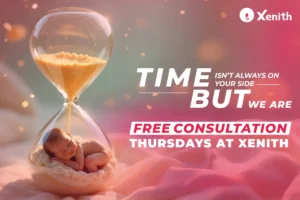
Free Thursday Consultation
Embryo Implantation and Early Pregnancy
Successful implantation leads to pregnancy, and after how many weeks IVF pregnancy is safe is often a concern for many. Typically, the pregnancy is considered more stable after the first trimester. HCG levels are monitored 10-15 days after embryo transfer to confirm pregnancy. The hCG levels 15 days after embryo transfer should ideally double every 48-72 hours, indicating a progressing pregnancy.
Frozen vs. Fresh Embryo Transfer
One of the most common questions is the difference between fresh and frozen embryo transfers. Fresh embryo transfers occur within a few days of fertilization, while frozen embryos are transferred at a later date. Research suggests that frozen transfers can have comparable or even higher success rates, particularly in cases where the uterine lining needs time to recover from hormone stimulation.
Tips for a Successful Frozen Embryo Transfer
- Follow Medical Advice: Stick to the medications prescribed, including estrogen and progesterone, as these are crucial for preparing your body.
- Diet and Lifestyle: Maintain a balanced diet and avoid activities that could elevate stress levels. Rest and relaxation are key.
- Monitor Symptoms: Pay attention to your body. Symptoms like back pain after IVF transfer or changes in discharge are common but should be discussed with your doctor if severe.
Conclusion
Frozen Embryo Transfer is a significant advancement in reproductive technology, offering flexibility and increased chances of success for many couples. Understanding the process, what to expect, and how to care for yourself post-transfer can greatly enhance the chances of a successful pregnancy.
Why Choose Xenith?
- Patient-centered care
- Specialty in Recurrent IVF Failures
- Focus on interventions
- High IVF success rates
- High Clinical Standard
- All treatments under one roof
Book Appointment Today!
Recent Posts
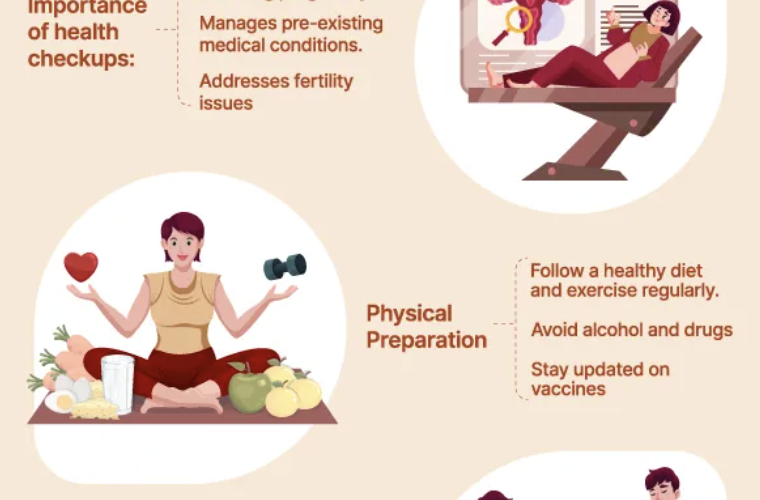
Preconception Health Screening: Essential Tests to Boost Your Fertility Journey
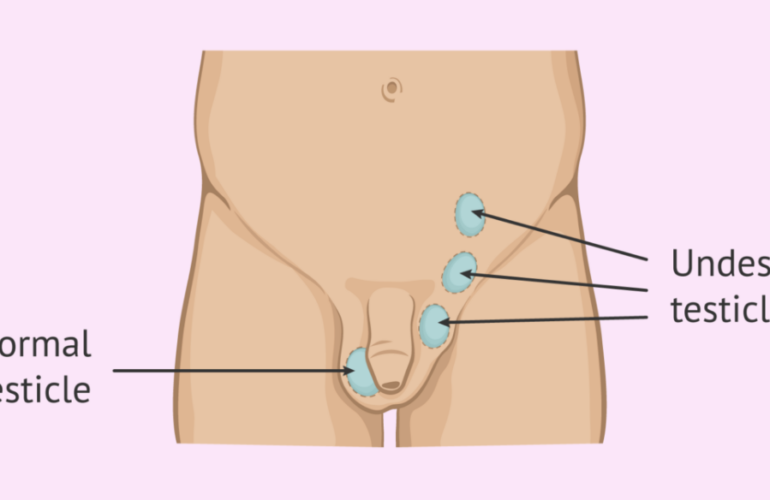
Cryptorchidism (Undescended Testicles) and Future Fertility: What Parents Should Know
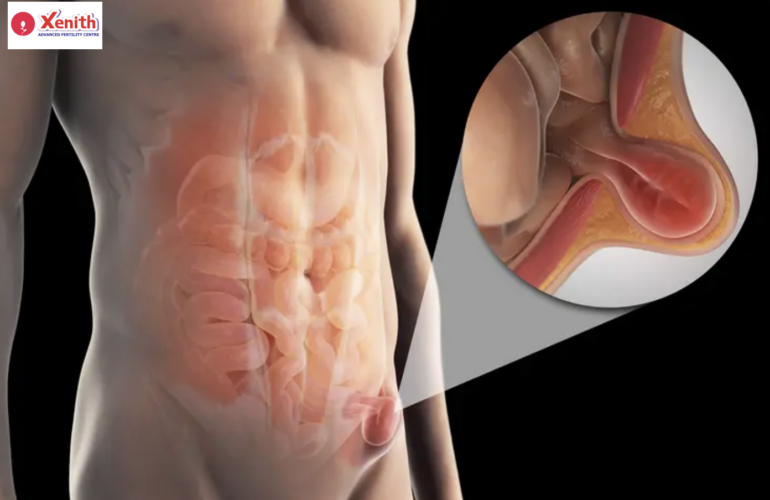
Can Inguinal Hernias Affect Fertility? What Men Need to Know
